Milan Design Week 2025: the trends, the takeaways, and what they mean for our homes
A look at the design ideas set to shape 2025 and beyond, from ancient craft techniques to joyful, rule-breaking interiors
Milan Design Week is the leading interior design event in Europe. Designers and makers gather from across the globe to share and showcase their craft, setting the precedent for the years ahead in the interiors industry. Is there an element of show to the event? Absolutely. Do you have to take some of it with a pinch of salt? 100%. The key to Milan Design Week is to be selective, read through the lines and take from it what works for you.
This isn’t the place to find short-term, superficial trends (more about my thoughts on trends over here). You’ll find ideas recycled, evolved and improved over time, challenging everything we know about materials, technology and product design. I think it’s fair to say that MDW is quite a prestigious, cutting-edge event and can feel a million miles away from ordinary people and their homes (me included). But I have made it my mission for the past four years to dissect this design week and translate the key themes and ideas into accessible takeaways for our homes and everyday living. So, what was on the menu this year?
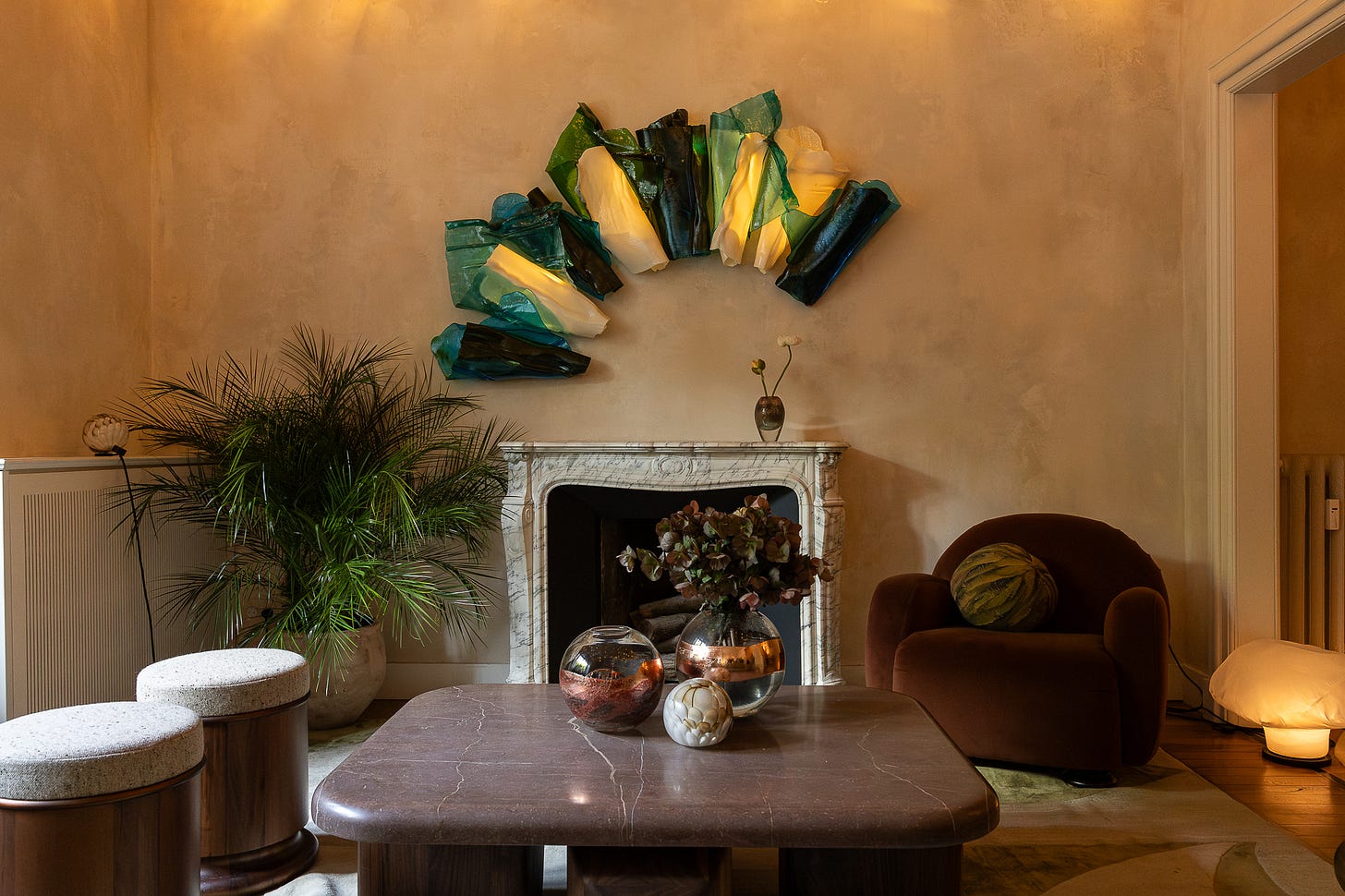
Connection
The umbrella theme at Fuorisalone was ‘Connected Worlds’. Although a slightly fancier name for ‘connection’, it emphasises the connection between the physical world, the digital world and even diverse cultures and countries. Every year at these design events, it feels like we circle back to the same sentiment: ‘…in a world that feels increasingly uncertain, we’re all searching for safety, connection, and a sense of belonging...’ This feeling has turned from a post-COVID trend into a constant now. Uncertainty is our new normal, and designers are responding to that in increasingly thoughtful ways.
One way this theme evolved was the connection between people and the environment. This is all about bridging the gap between nature and technology to reduce our ecological impact. We all know that sustainability is no longer a luxury but a necessity, and designers are exploring low-impact solutions through material innovation and clever use of technology.
One of my favourite interpretations was ‘Corkphilia’ by Diasen: a biophilic structure wrapped in cork and lime plaster that put this humble material at the forefront of sustainable design. Now I’m not saying that we need to start rebuilding our homes with eco materials, but I think MDW is a great platform for showing us how sustainable technologies and renewable energies can be integrated into domestic homes, not just in commercial or luxury spaces.
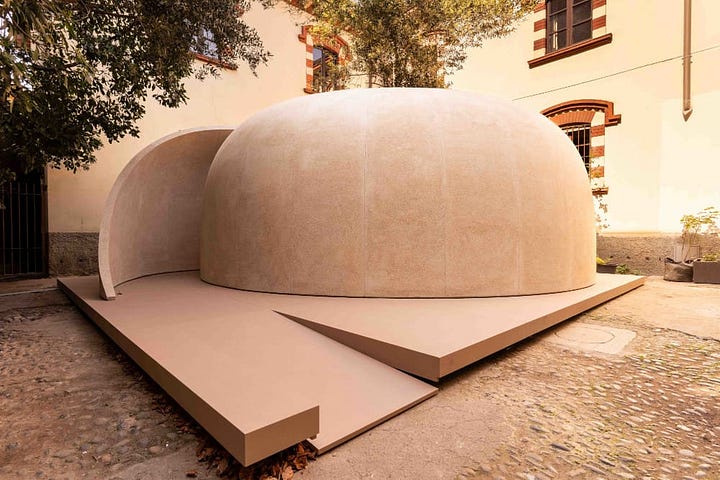
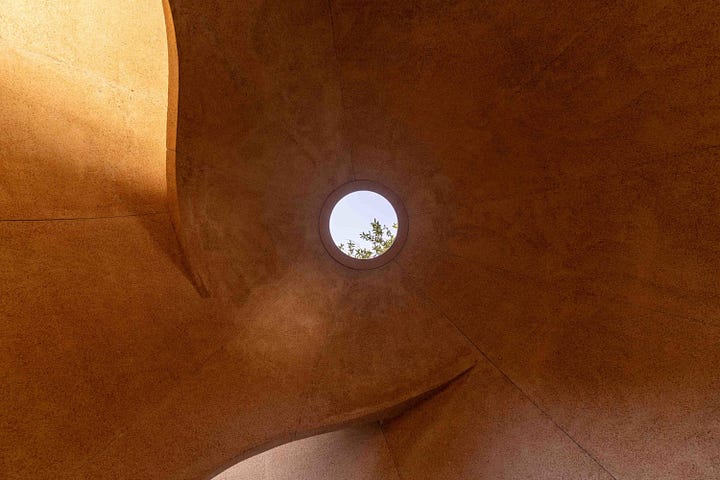
Connection was explored in more human ways, too (phew!).
The connection between people and communities was a theme that really stood out to me. We often talk about interiors and homes being a haven from the outside world. This year, there was a sense of finding refuge from the digital world, specifically social media. There was a noticeable shift toward creating interiors (and exteriors) that foster real relationships and meaningful interaction, in person and not through a screen.
One example was ‘Guatemala Diseña con las Manos’ at Villa Bagatti Valsecchi, Alcova. It was a whole room dedicated to Guatemalan artisans and crafts, curated by the country’s tourism board and local design studios. There were even artisans on-site demonstrating traditional weaving techniques. Not only was this an invitation to connect to local artisans, but with a different culture altogether. It felt grounding and refreshingly human, especially within a design week packed with technology-driven innovation.
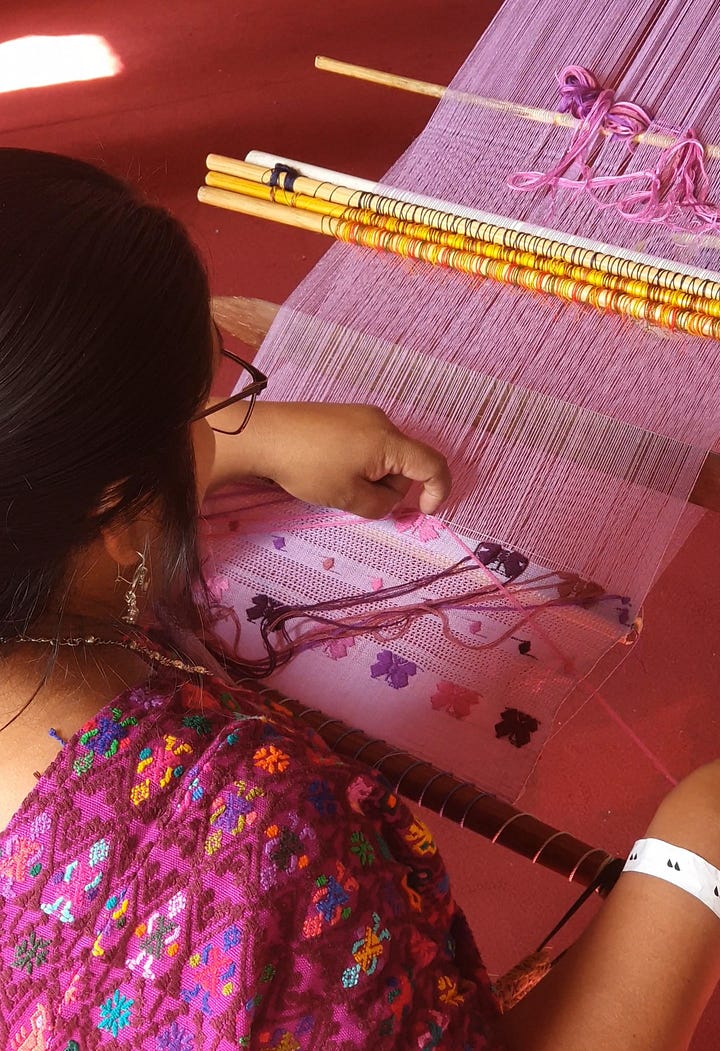
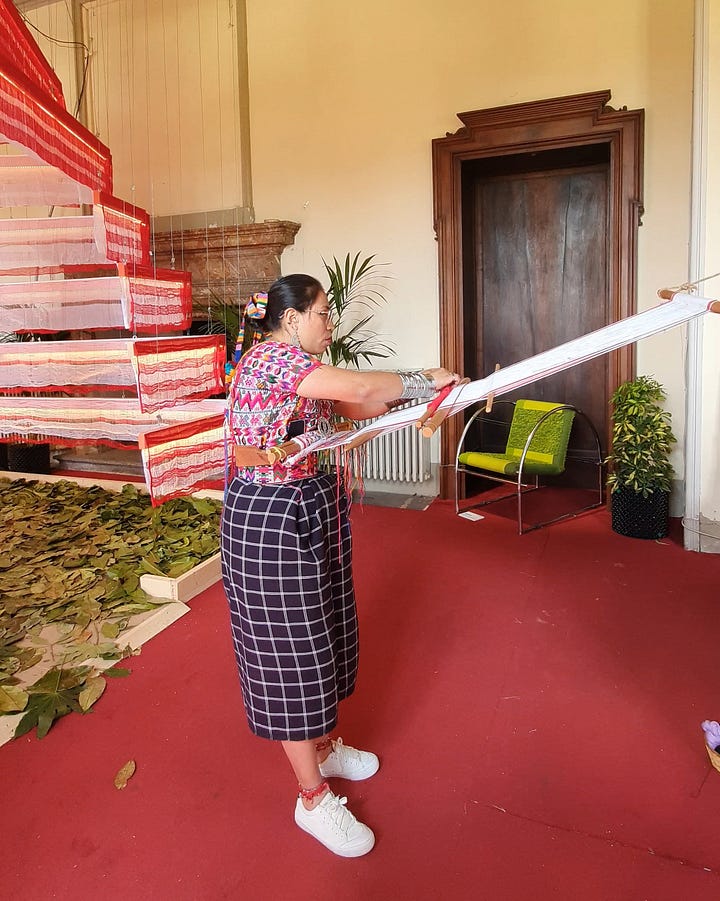
Throughout the city, there was a growing conversation around the connection between people and spaces, exploring inclusivity and accessibility in design. This is such an important topic, and not one I want to rush through. I’ll dive deeper into it in the next theme, but for now, let’s return to the wider idea of connection and what it means for our homes.
The concept behind ‘Connected Worlds’ is to use design to create a sense of unity, whether that’s finding harmony between old and new, bridging cultural traditions with the next generation, or balancing nature with technology. What makes MDW so powerful is that it’s not just about showcasing beautiful products to fill our interiors with, but about offering new ways to think about how we live. So perhaps take a moment and ask yourself, what does connection mean to you? And how can you invite more of it into your home?
Inclusive Interiors
There’s a growing focus on designing spaces that feel good for everyone, not just a select few. Words like sensory-led and neurodiverse are popping up more and more, but what do they really mean in the context of our homes?
Sensory-led design is all about engaging the five senses: sight, sound, touch, smell, and even taste. It’s less about how a space looks and more about how it feels; how it supports us on a deeper, more instinctive level. I often talk about colour and mood, but sensory design goes beyond the visual, looking at how materials, fragrances, sounds, and even the texture of surfaces can influence how we feel, our behaviour, and overall well-being.
Neurodiversity refers to the different, unique ways in which people’s brains work. It includes people with autism, ADHD, dyslexia, and other neurodivergent experiences. Neurodiverse-friendly design is about crafting spaces that are emotionally and physically supportive for different ways of thinking and being. That might look like homes with calm zones for decompressing, lighting that avoids harsh glare, or flexible layouts that adapt to different sensory or focus needs.
While this topic was touched on at Milan Design Week, I’ll be honest, many of the design concepts felt more abstract than practical. It’s clear that we’re only at the beginning of this conversation, and I, for one, would love to learn more.

While not exactly neurodiverse-led, but perhaps in keeping with inclusive interiors, Elle Decor Italia, one of the leading exhibits at Fuorisalone, explored the home as an ever-evolving, adaptable space. It acknowledged not only the rapid pace of change in the world around us but also the quiet, ongoing shifts that happen within a family. I love this concept and it’s something I feel so passionate about when working with clients on colour. The aim is never to make a picture-perfect home, but rather to build one that can grow and change with us.
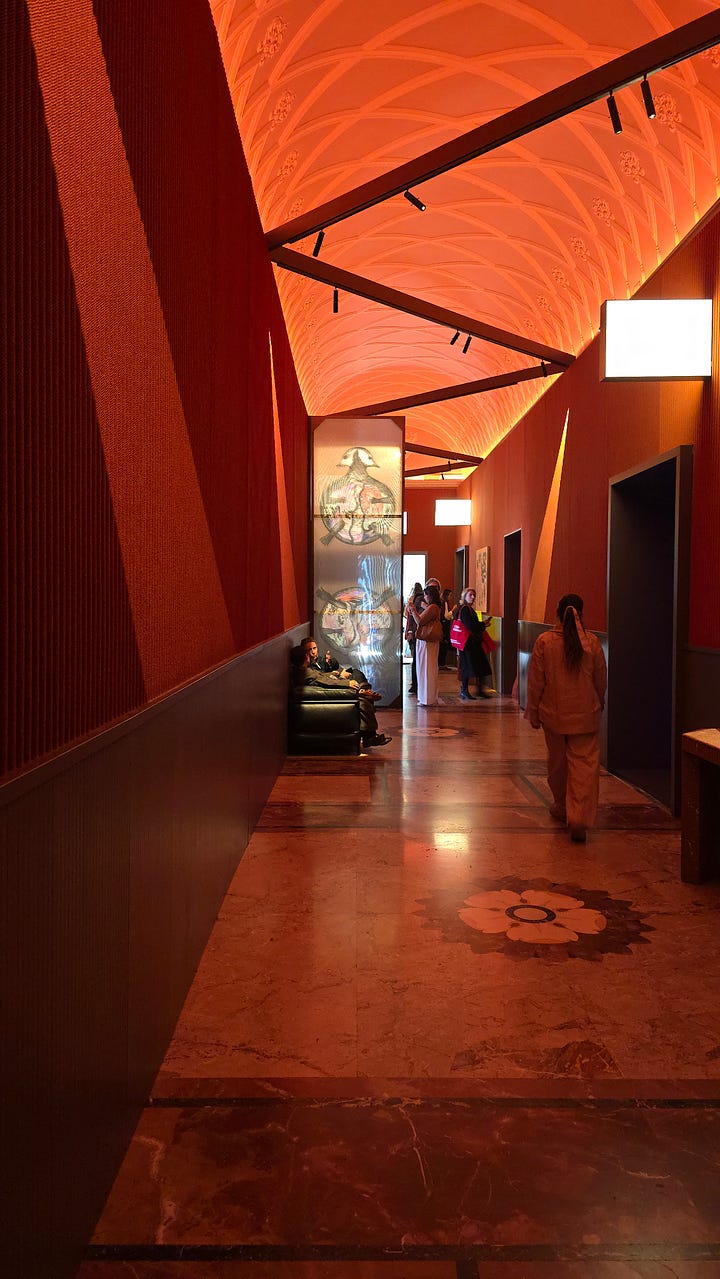
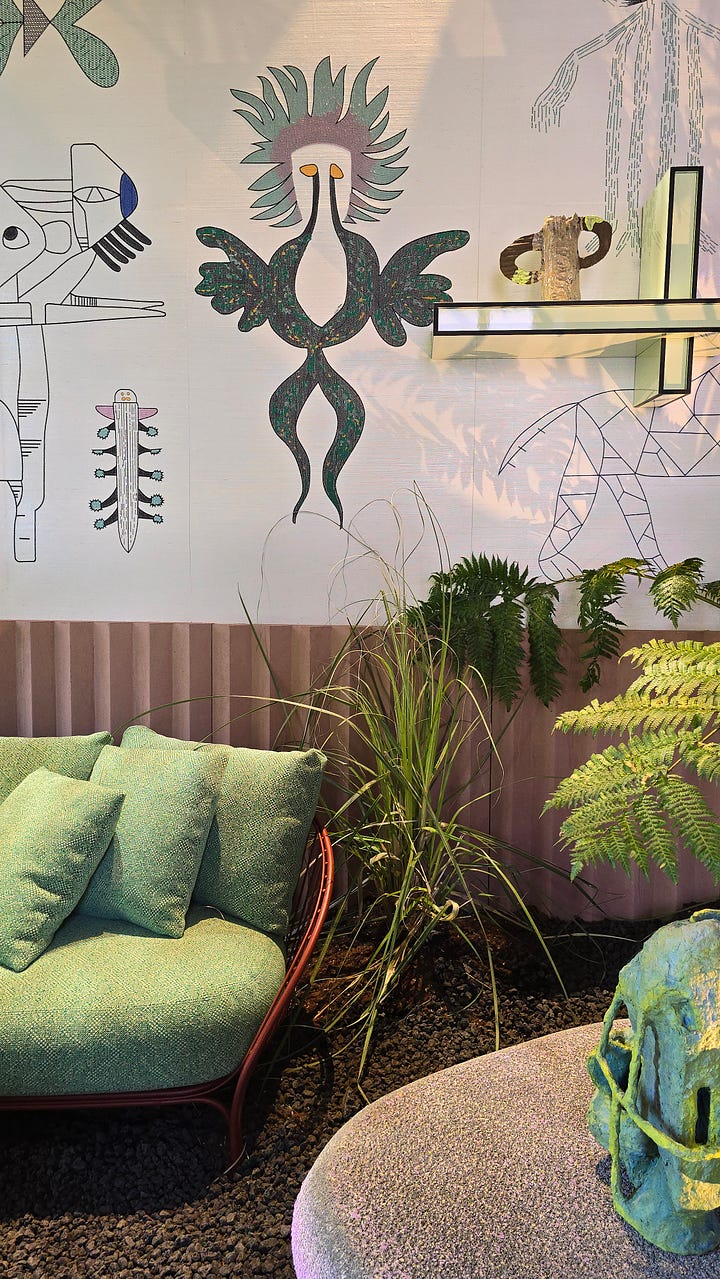
New Materials
While I usually seek out colours, this year I found myself drawn to the raw materials. So many of the colours on display come from natural or waste materials, which made them feel more purposeful. It’s these kinds of observations that make Milan Design Week so inspiring for me - a gentle reminder to look beyond my small world and challenge what design means to me.
The key materials this year included a wide variety of woods (ash, teak, walnut), each bringing its own tone and texture to the spaces they shaped. And while brass has been reigning the roost for the last few years, it was stainless steel, chrome, copper and bronze that took centre stage at Milan. And do you know what? I’m loving it. While brass is warm and rustic, silver feels refreshing, bronze is sophisticated, and copper transports me back to India.
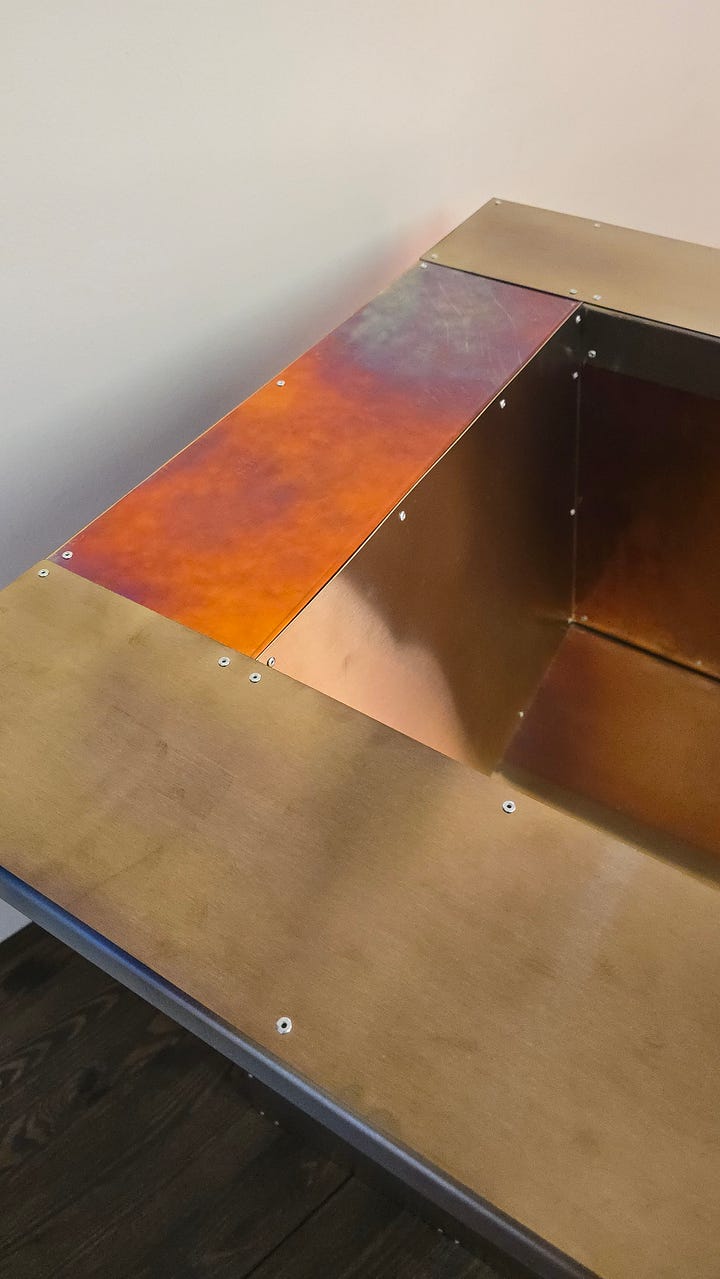
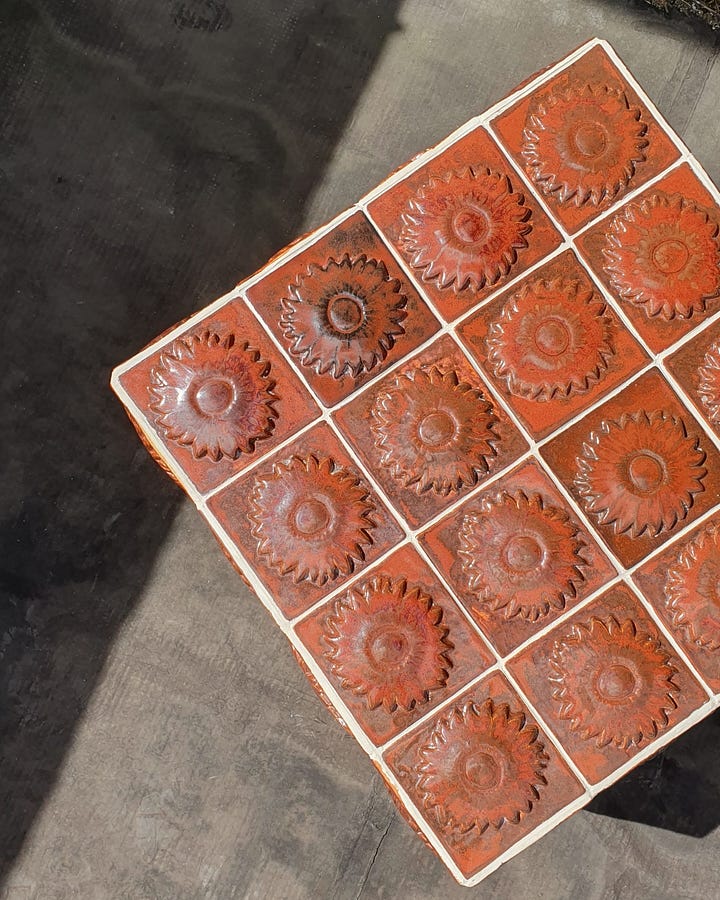
Silver made an appearance last year, but this year it was everywhere, from polished silver chairs, tables, mirrors, and kitchens, even jewellery made its way into this year’s show. Copper had a quieter presence, but still stood out in kitchenware, hardware and sculptural vases. The beauty of these mixed metals is that they work well with different styles and materials, making them perfect for our homes.

Waste material, as always, was a big inspiration for designers and my favourite pieces this year were lampshades made from sausage waste (yes, leftover intestines) by Thibault Philip, colourful rope lights made from discarded clothes from landfills in Chile by Studio Gonzalo Bascuñan and ‘Trace of Water’ by Aqua Clara and Japanese design lab Honoka, reimagining plastic water bottles into sculptural, functional pieces for the home.

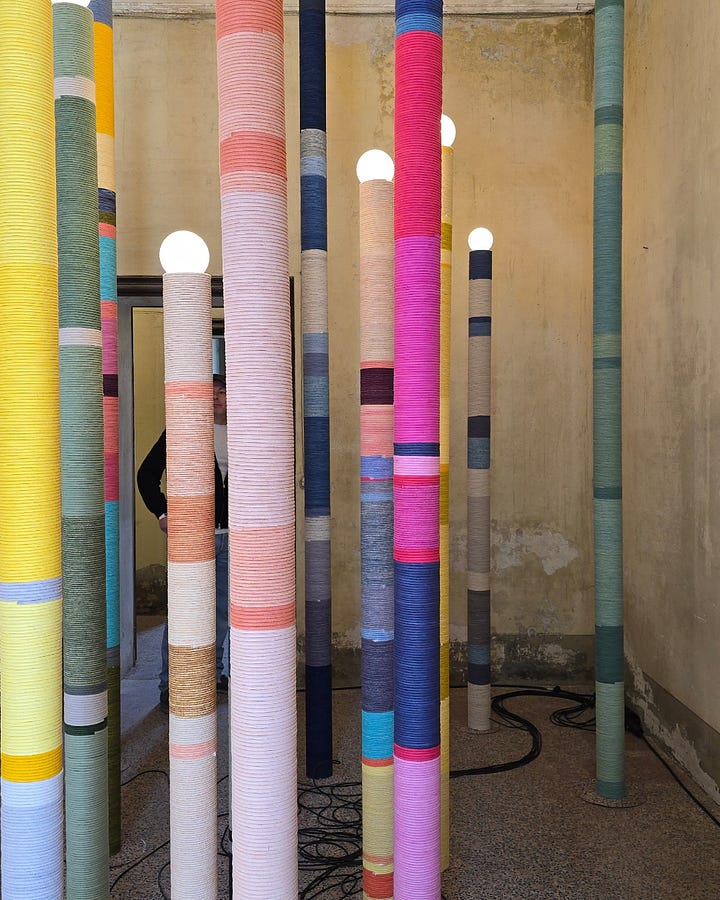
When it came to natural fibres, there was an emphasis on bamboo, nettle, linen, wool and silk, all used in ways that respected their origins. Kelly Wearstler’s new rug collection, ‘Crescendo’, created in collaboration with The Rug Company, showcases rugs that celebrate traditional craftsmanship, made with wool and nettle from the Himalayas and linen harvested in Brazil. Each was a quiet homage to the land, the makers, and the slow beauty of natural materials.
Another small but meaningful observation I made this year at Alcova was the subtle presence of minimalism. Last year, Villa Bagatti Valsecchi (the heart of Alcova) was packed with objects, imagine layers upon layers of homeware and furniture. This year, in the same central room, there were only a few considered pieces. There was breathing space. The absence of ‘things’ allowed for a sharper focus on materials. I found this surprisingly powerful, and it might not have been the intention, but it felt like a subtle nod to designers (and in turn, homeowners) seeking to do more with less.
Maybe this is a gentle hint at our overconsumption. A call to reduce our material intake, a return to simpler living and a serious reminder that less really is more.
Traditional Crafts & Cultural Exchange
This brings us quite nicely to one of my favourite themes, one that always weaves its way through MDW. You’ll know by now that I’m so passionate about travelling, learning from different cultures, and celebrating local artisans.
Last year, there was a strong focus on revisiting ancient craft techniques and reimagining them for the future, by adding a contemporary twist through collaboration. While this is an ongoing theme, this year it felt a little different…
It wasn’t so much about modernising or reinventing these crafts, but rather about preserving them. Exhibitors weren’t trying to renew or reinterpret traditional techniques, but instead sharing and celebrating them as they are. There was a back-to-basics energy and a respect towards ancient wisdom. We don’t always need to change and improve everything; sometimes, the best thing we can do is embrace it, just the way it is.

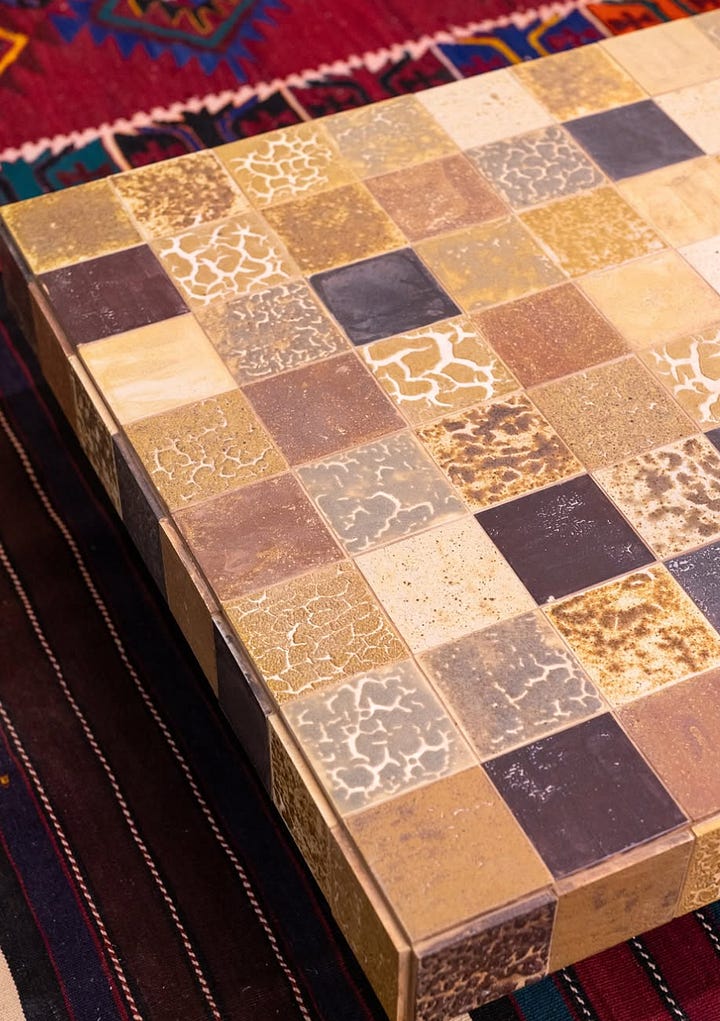
I wonder whether a beautiful way to embrace this key theme is to be inspired by your travels and even your local area. If you’re abroad, immerse yourself in the culture, visit local craft studios, say hello, ask questions, and learn about the traditions behind what’s being made. And if you’re at home, support independent makers, explore the heritage crafts in your area, or even try your hand at a traditional technique. Choose pieces for your home that carry meaning, tell a story, or reflect the hands that made them.
Playful Interiors
Gone are the days of strict design rules and conventional thinking. This year, joy through play was a clear thread running through both interior and product design, as designers threw the rule book out the window and embraced unexpected shapes, bold materials, and imaginative colour palettes.
Events like this can often feel quite serious (even a little stifling), but so many designers spun this on its head, presenting playful pieces that didn’t take themselves too seriously. There was a real sense of humour and fun in the air, an invitation to create spaces and moments that simply make you smile.
A perfect example of this playful spirit was seen in ‘Trilocale’, a yellow living room furnished with oversized sofas, chunky cushions, and full-height panelling, all designed to make you feel small and childlike again. The colour-drenched yellow scheme was a nod to the bold, primary colours we’re drawn to as children, stimulating play and creativity. Perhaps Dulux weren’t so offbeat with their 2025 colour forecast after all…
In Conclusion
Gosh, if you’ve made it this far, well done you! This piece is always a bit of a mission, but I want to make sure it’s as insightful as possible and something that you can get your teeth into.
This year, I came away from Milan Design Week feeling inspired but very thoughtful. I enjoy learning about new technology and materials, but I always come back to the handmade. In many ways, this year felt like a celebration of human connection, through craft, collaboration, and the spaces we choose to build around us. As design continues to evolve, it’s not just about how our homes look, but how they feel, how they adapt, and how they help us engage more meaningfully with the world and each other.




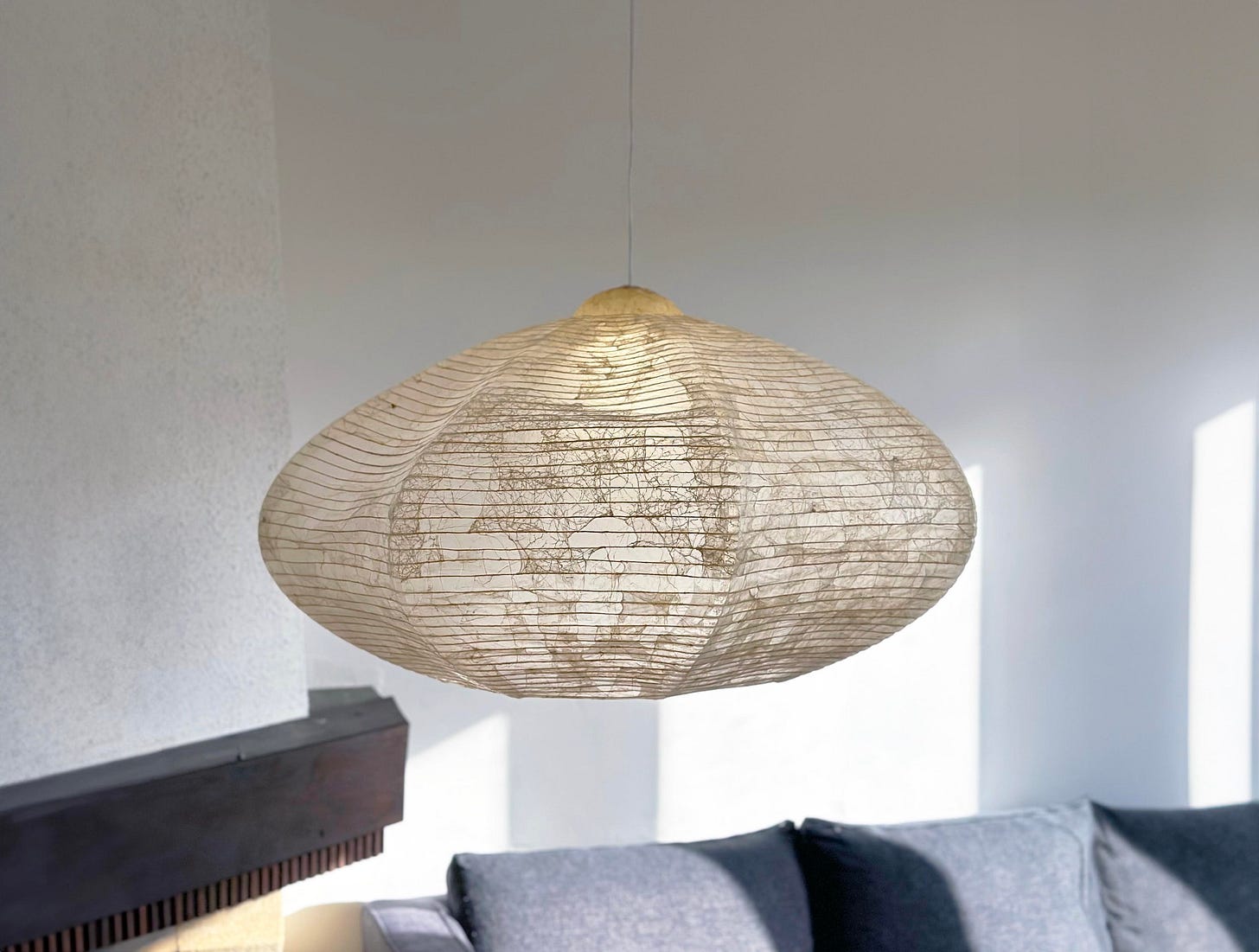

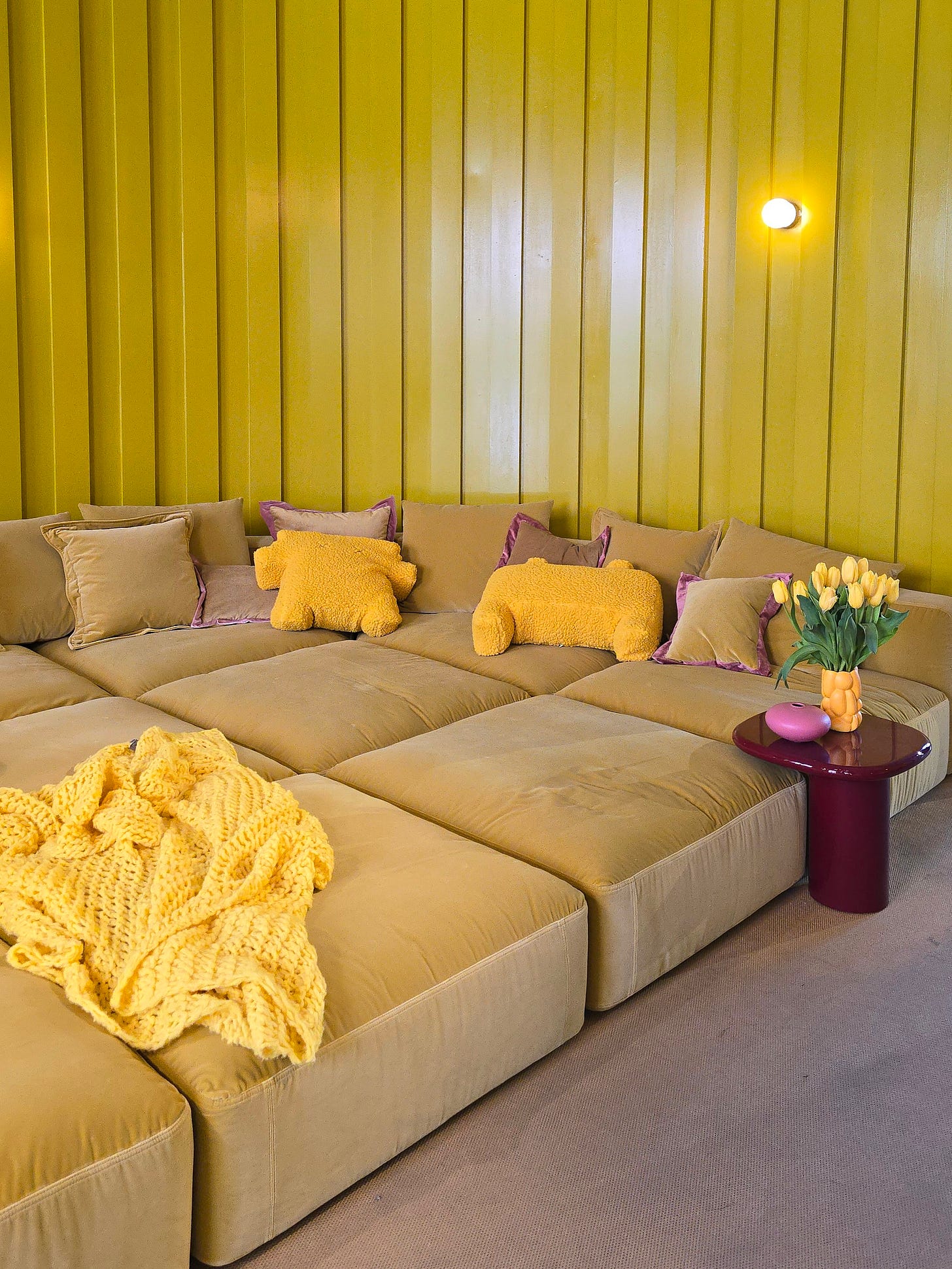
Great round up!
So cool:) really insightful, inspiring & a pleasure to read:)